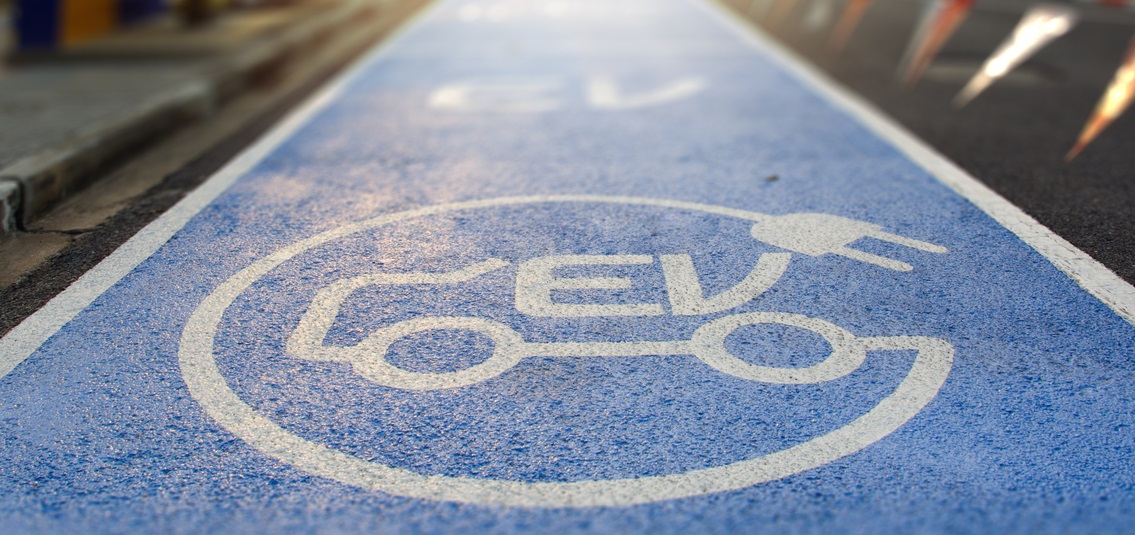E-scooters: trials in cities brought forward
At the height of the coronavirus crisis, and faced with a nation coming out of the first lockdown in 2020, the government was quick to advocate cycling and walking as means to commute. They also brought forward, from 2021, trials of e-scooters, albeit with caveats. First, only use of e-scooters hired through a city scheme were deemed legal. Users of the hire schemes are permitted to travel along roads, cycle tracks and bike lanes, but not pavements. The scooters must be covered by a motor vehicle insurance policy by the rental company, and users of the e-scooters need to have a driving licence, either full or provisional.
Across the country, various local authorities have taken the opportunity to partner with e-scooter providers and implement hire schemes. Some of these have proved successful to date, whereas others have proved slower to take off, and in some cases have stuttered and paused.
In places where schemes haven’t been adopted, and with a desire to avoid public transport, there is evidence that some people are operating their own vehicles illegally. Halfords reported a 184% rise in e-scooter sales in the first half of its 2020 financial year, and, in October, shortly before the second national lockdown, an increase of 450% on the same period a year earlier.
E-bikes and e-cargo bikes: investment in infrastructure
E-bikes and e-cargo bikes have been legal for some time and adoption is therefore less challenging. But they face questions over whether they make users less active, if used as an alternative to a traditional bike, and over how carbon neutral they might be, if their batteries are charged from electricity generated in part by fossil fuels. The added payload of an e-cargo bike may also make it less attractive as an alternative to a car.
But, while those who were already active cyclists might question why e-bikes are necessary, many people are starting to view the e-bike as an alternative to car ownership and a means of commuting; an answer to poor public transport in rural areas, and a way of avoiding congestion in towns and cities.
In October, shortly before the second national lockdown, Halfords reported a 450% rise in e-scooter sales compared with the same period a year earlier
The e-bike is taking commutes of more than five miles and turning them into active travel. Compared with cycling, when travelling by e-bike, tiredness and the need to shower are much reduced. And while a battery does help to propel the user, the e-bike user still gets some exercise. The other attraction is that e-bikes could help commuters that are affected by rising transport costs, and cycle-to-work schemes make e-bikes more affordable.
So, if the signs are hugely positive for e-bikes, why isn’t everyone switching to them? The main reason is lack of infrastructure. However, this is changing. The government's Ten Point Plan details the investment planned for segregated cycle lanes and low-traffic neighbourhoods, in addition to funds that were made available early on in the pandemic through the emergency active travel fund. In the first lockdown, many councils installed cycle lanes in towns and cities, though recent trends have shown that councils are now removing them under pressure from motorists and motoring organisations. This comes despite large-scale use of the temporary infrastructure. A Sustrans survey carried out pre-Covid found that 78% of residents in UK cities supported the building of more protected roadside cycle lanes.
Against this tension, it’s not surprising that one question posed in the Future of Transport review received a mixed response. This concerned how and where people should use micromobility vehicles, and responses were split between on the roads and on cycling infrastructure.
Putting it all together
Is micromobility the commuting solution for now and in the future? And who should we rely on to make it happen?
The answer to the first question is yes. While the pandemic has arguably accelerated adoption and growth in micromobility, the solutions that the sector offers have positive implications for climate change and that in itself is a good reason to see it as a longer-term commuting solution.
In response to the second, if local authorities have the vision to create segregated cycle lanes and low-traffic neighbourhoods, and can join these up with logical mobility-as-a-service platforms and providers, then they might just stand a chance of reducing single-occupancy car commuting.
Central government also has a role to play, in part determining how quickly the different varieties of micromobility are adopted across towns and cities in the UK. As for the private sector, it can work with local authorities to understand employees’ commuting requirements, and by supporting staff to access micromobility options.

